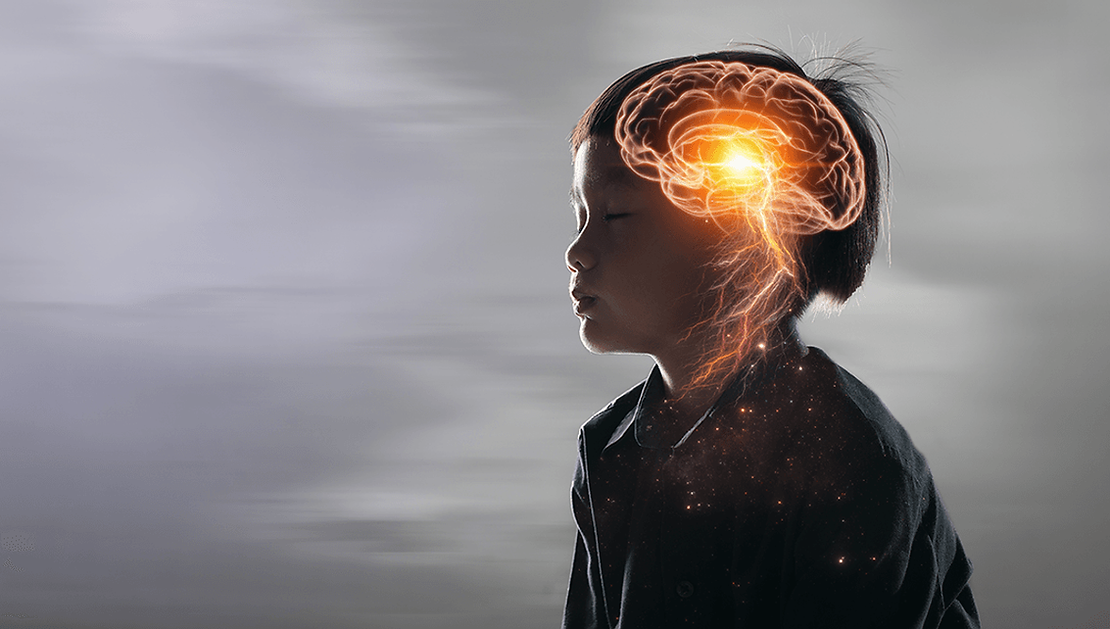By: Madison Tian
June 1998: two academicswalk into a bar to discuss the nature of consciousness. Neuroscientist Christof Koch had been searching for neural correlates of consciousness, or a system of neurons in the brain directly linked to the state of conscious awareness. He bet philosopher David Chalmers a case of wine that, within 25 years, scientists would find one of these neural markers. Dr. Chalmers, who found it difficult that this would be accomplished so soon, accepted.
Since then, researchers have made significant progress in neuroscience, using newly developed technology to learn more about the brain. Two major theories on the nature of consciousness have since emerged among neuroscientists: the Global Workspace Theory and the Integrated Information Theory. The Global Workspace claims that only signals reaching the prefrontal cortex contribute to consciousness; a commonly used analogy is that of a theater spotlight, where the illuminated section is the conscious mind, while the surrounding dark area can influence consciousness but does not directly contribute. On the other hand, the Integrated Information Theory claims that the whole brain is associated with consciousness; clusters of neurons and their arrangements, as well as the links between them throughout the whole brain, are all directly related to consciousness.
In 2017, Dr. Koch and Dr. Chalmers, along with a dozen other scientists and philosophers, planned out experiments that would compare the two theories. The team, called the Cogitate Consortium, agreed that if, when performing simple tasks, most of the brain activity was detected in the prefrontal cortex, and was present in short bursts, the Global Workspace Theory would be supported. However, if most of the brain activity was detected in the back of the brain, where the most complex connections were, and was continuous during the task, the Integrated Information Theory would be supported. Though the study was delayed by COVID-19, it resumed in 2022.
The researchers recruited 256 volunteers, who were asked to look at a series of shapes and press a button if the shape met a certain criterion. Some volunteers were observed through an fMRI brain scanner, which detects changes in blood flow. Others were observed through magnetoencephalography, which measures magnetic fields caused by electrical activity from neurons. Some volunteers, who were due for brain surgery, also allowed the researchers to place implants to detect neural activity in their brains.
The tests presented some mixed results. While the neural activity detected was continuous, aligning with the Integrated Information Theory, in other cases the results aligned with the Global Workspace Theory instead. While neither theory was clearly proven, the majority of experimental results leaned towards the Integrated Information Theory. The Cogitate Consortium is continuing to run more complex experiments for more findings.
As no clear neural markers have been found, Dr. Koch presented Dr. Chalmers with a box of wine last month. The two also shook on a new bet, that a marker of consciousness would be found in the next 25 years, by 2048.
Source:
https://www.nytimes.com/2023/07/01/science/consciousness-theories.html











